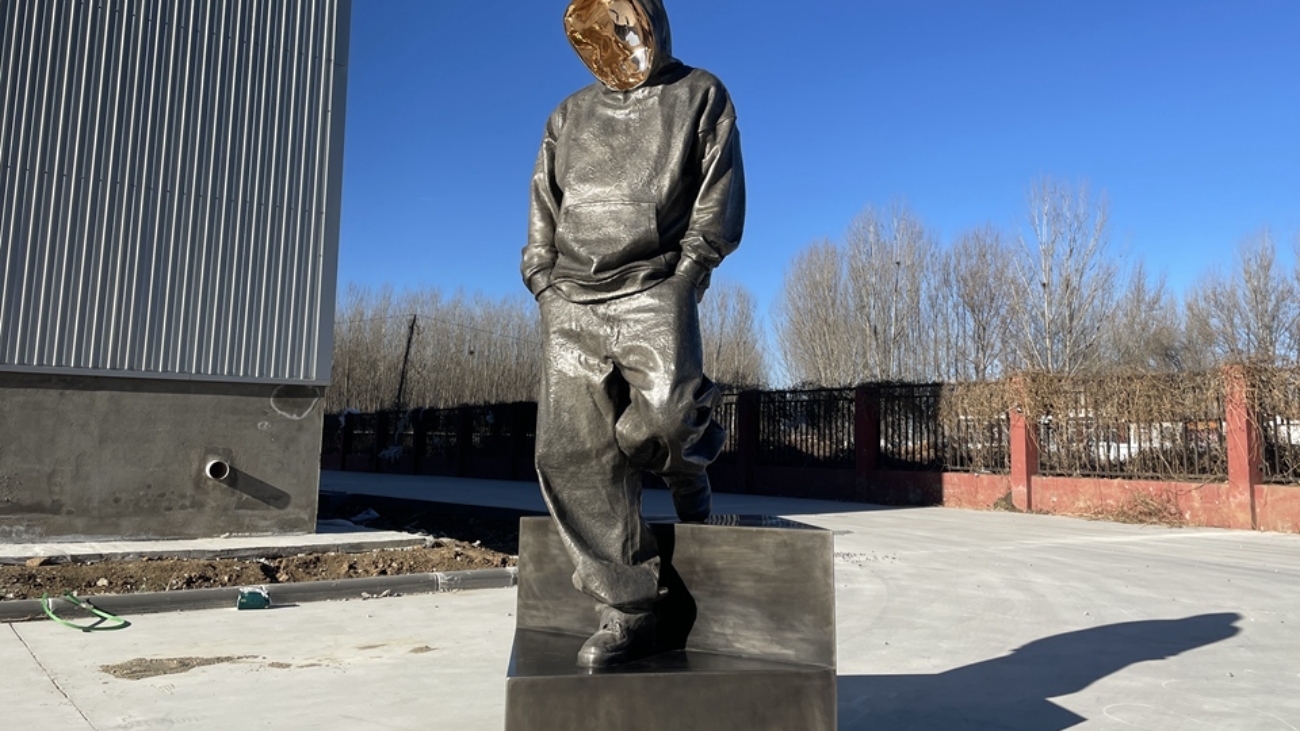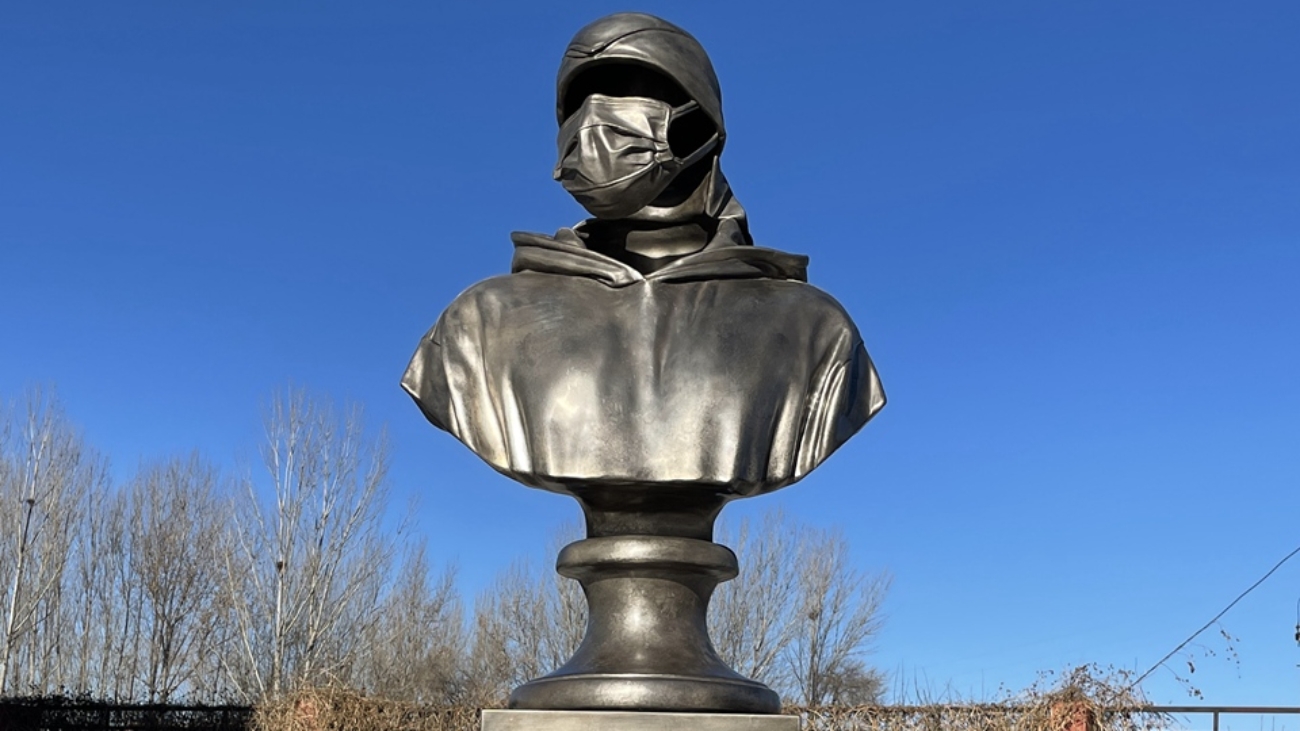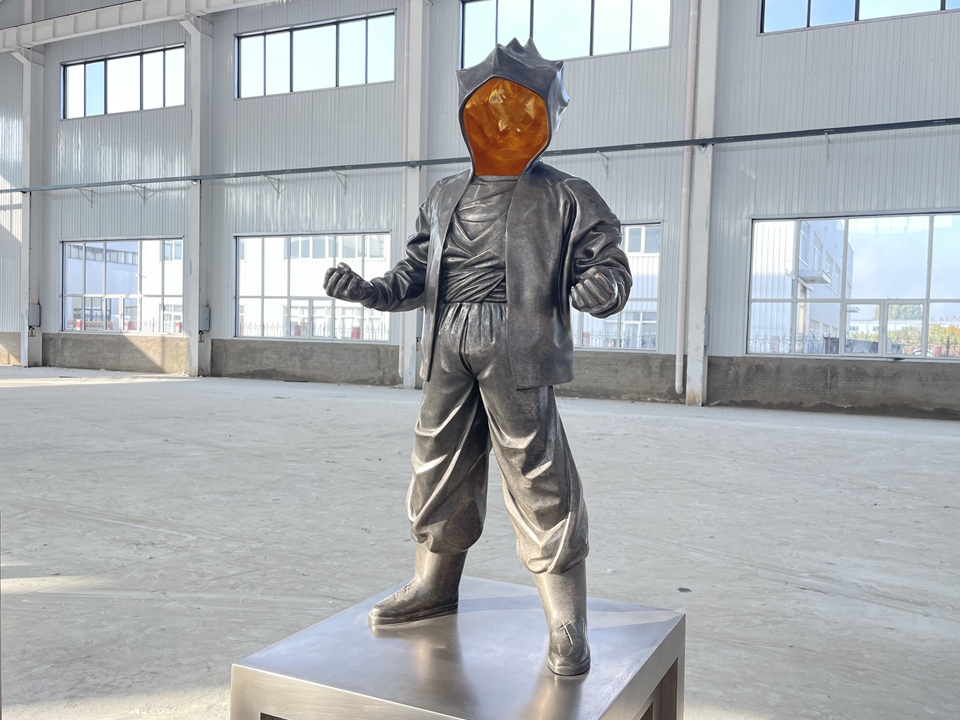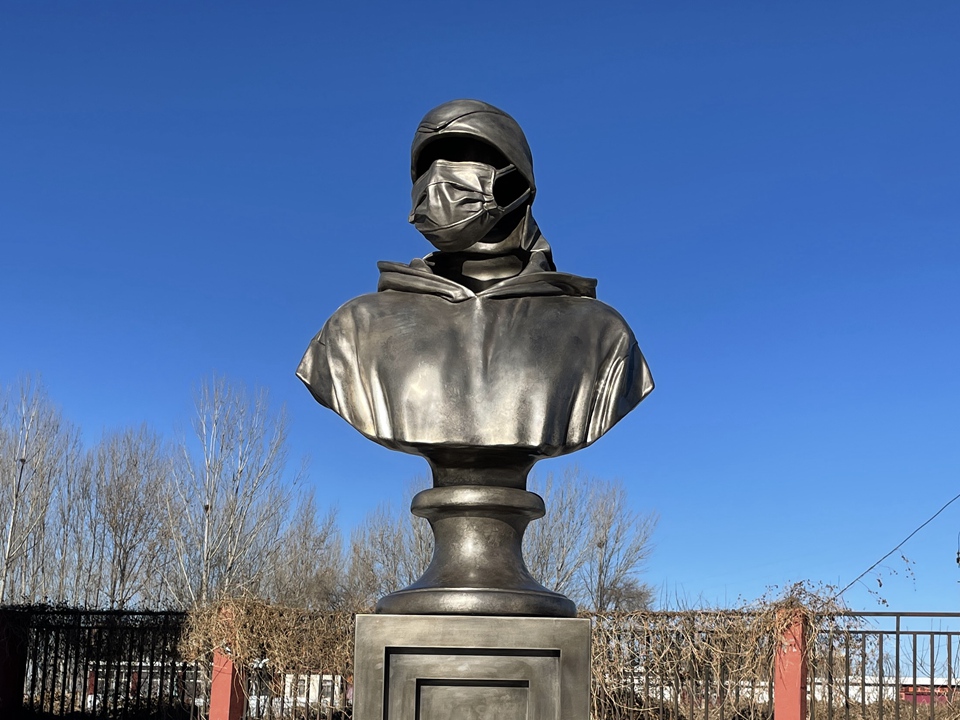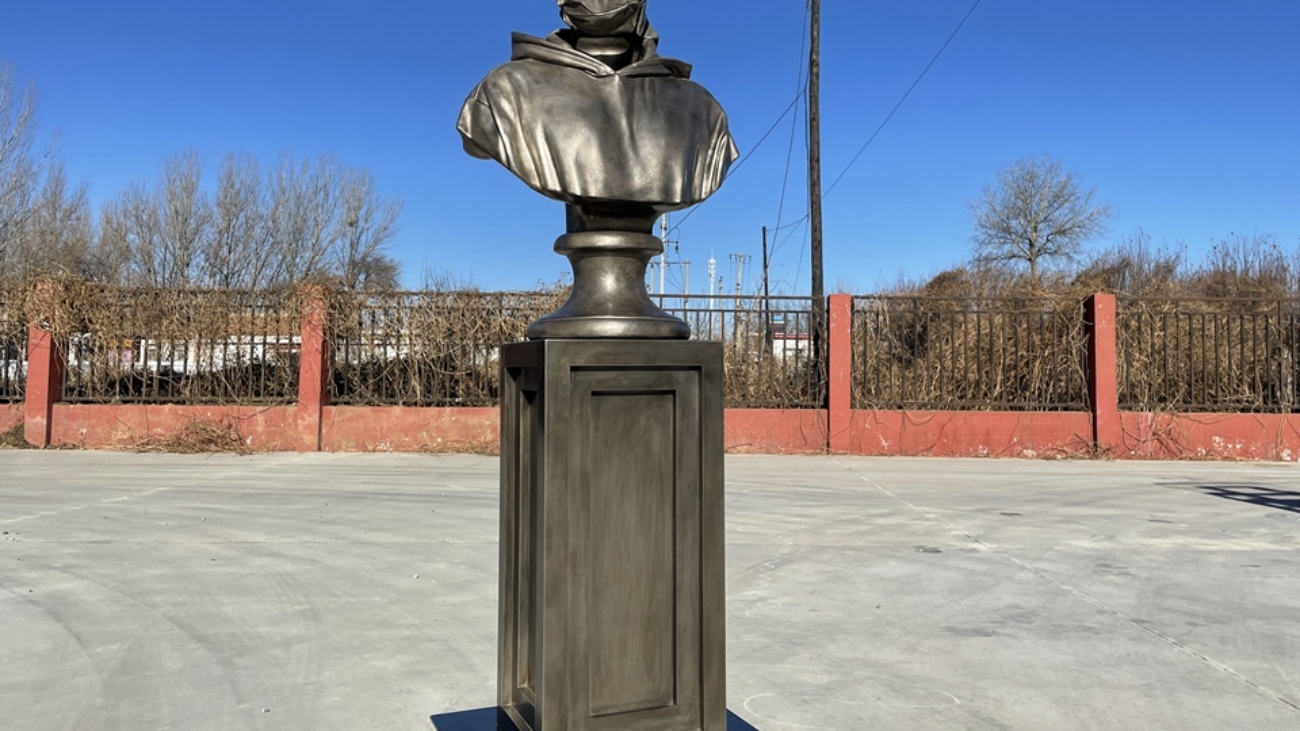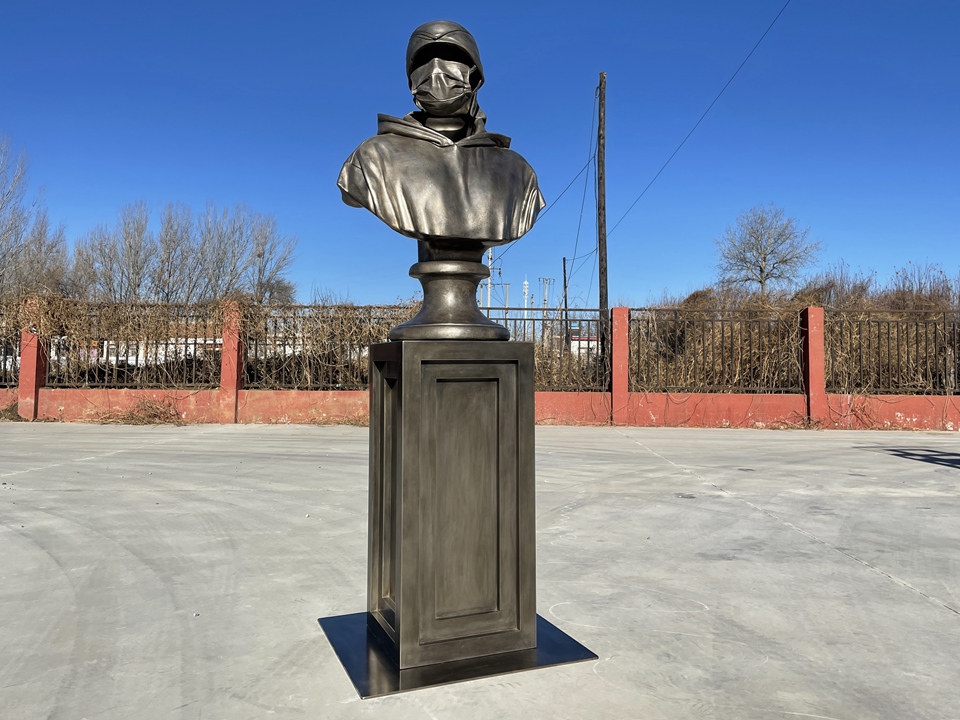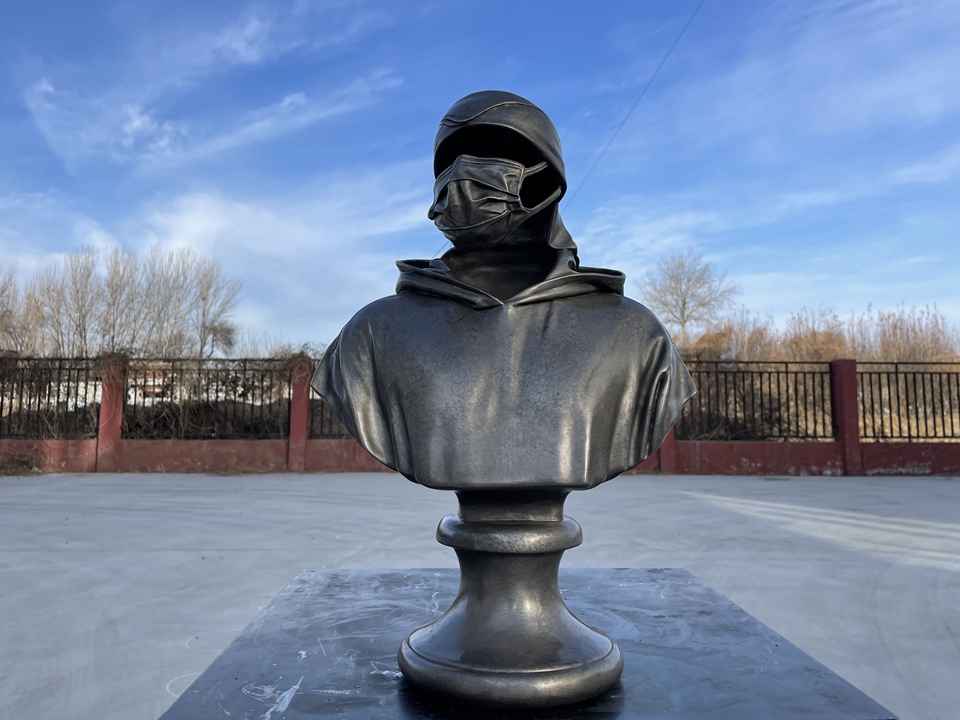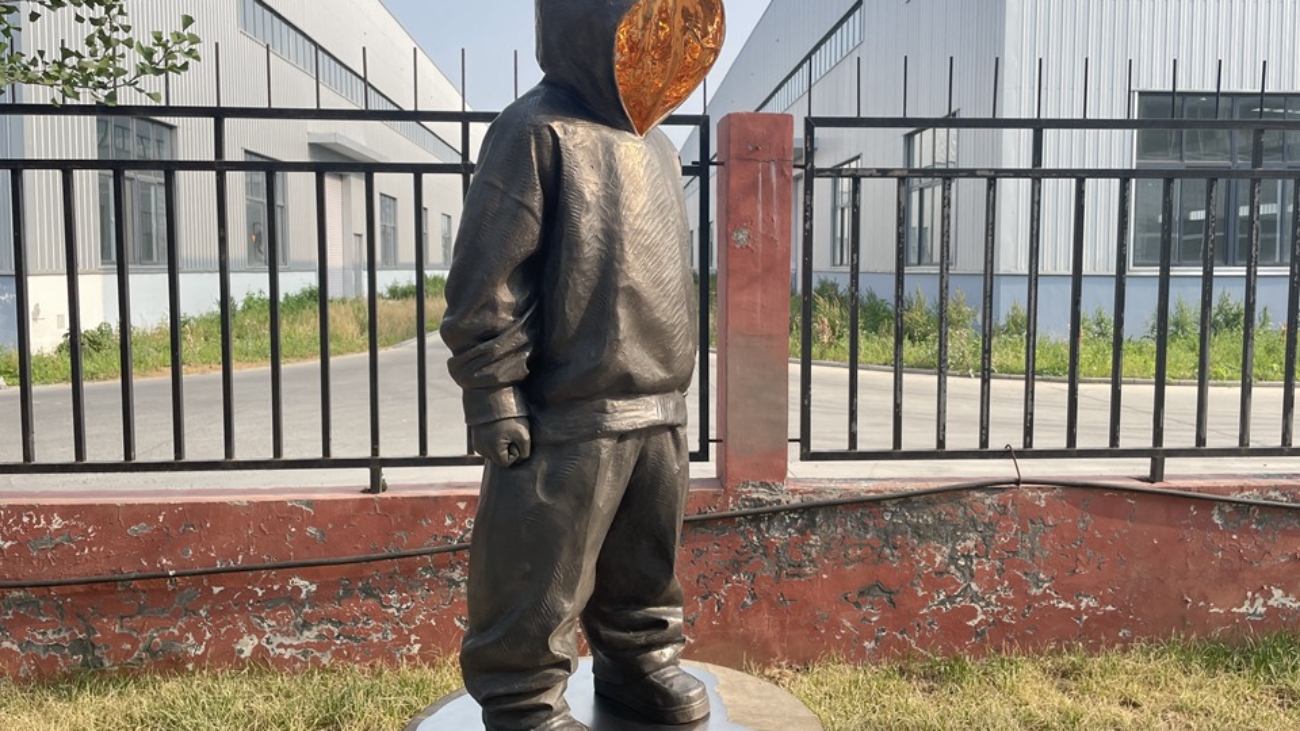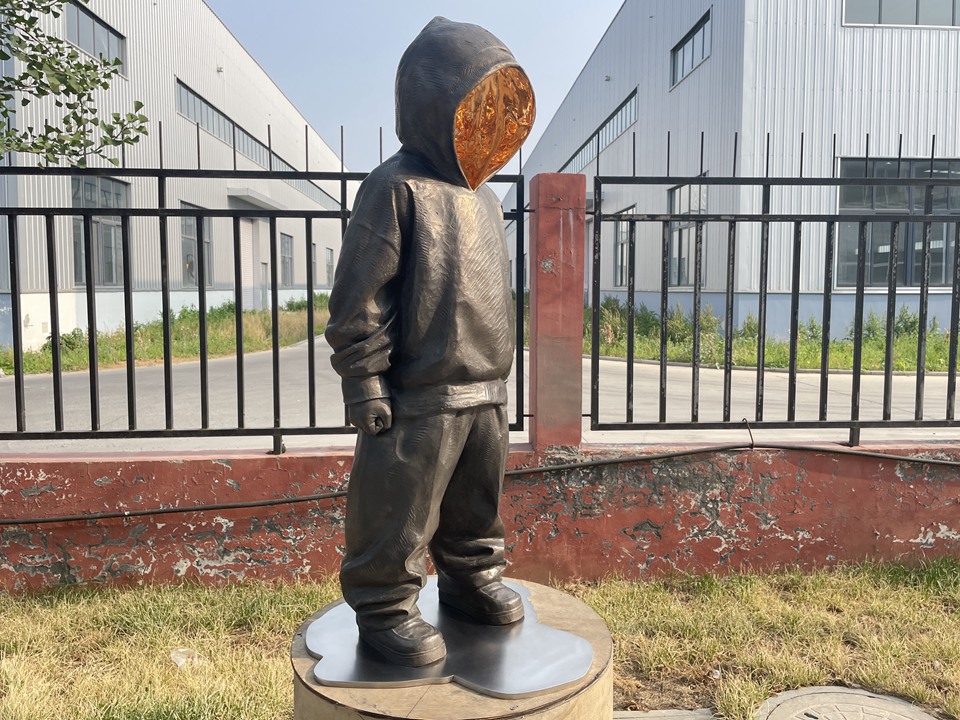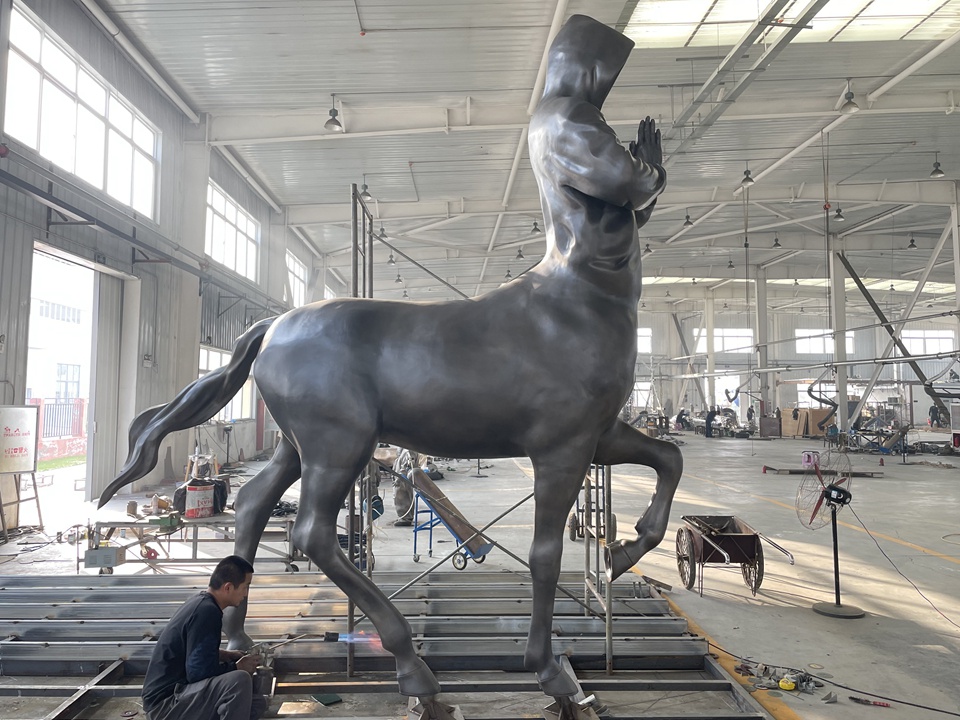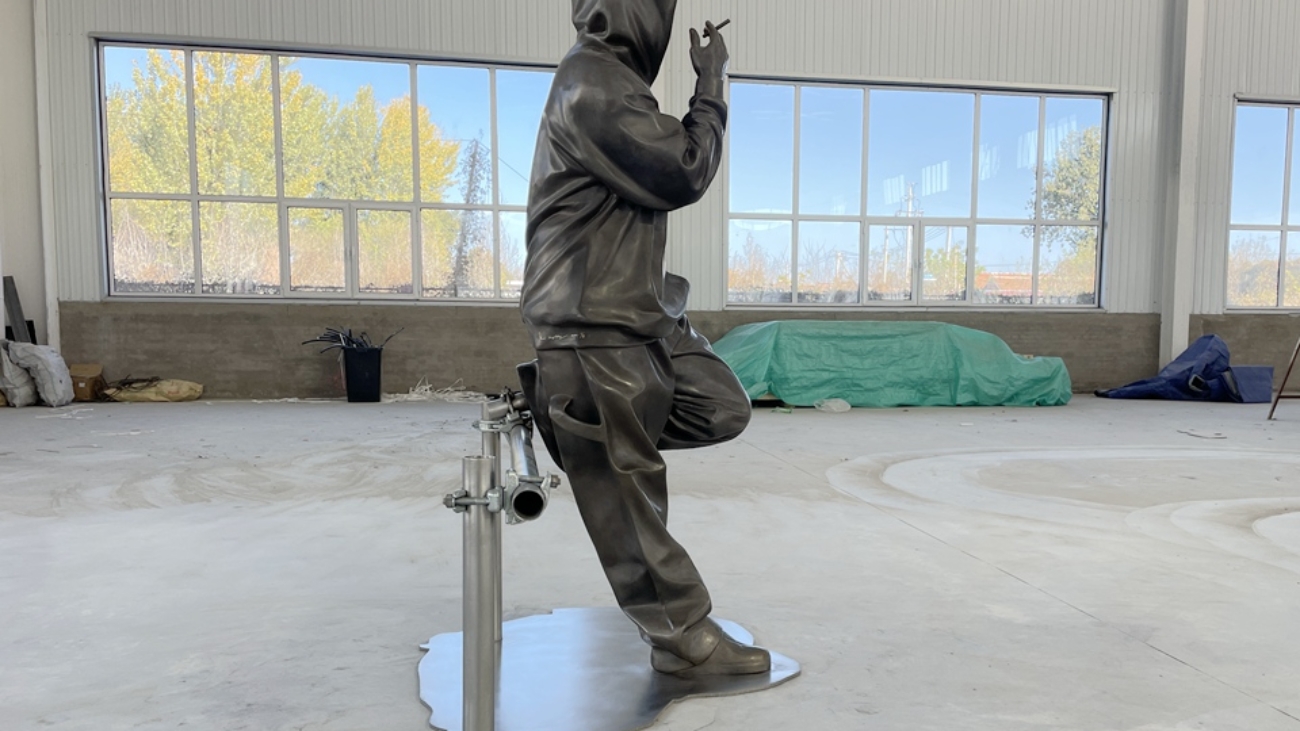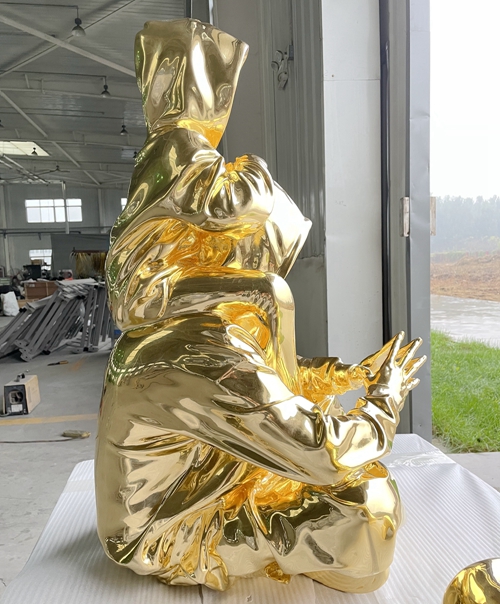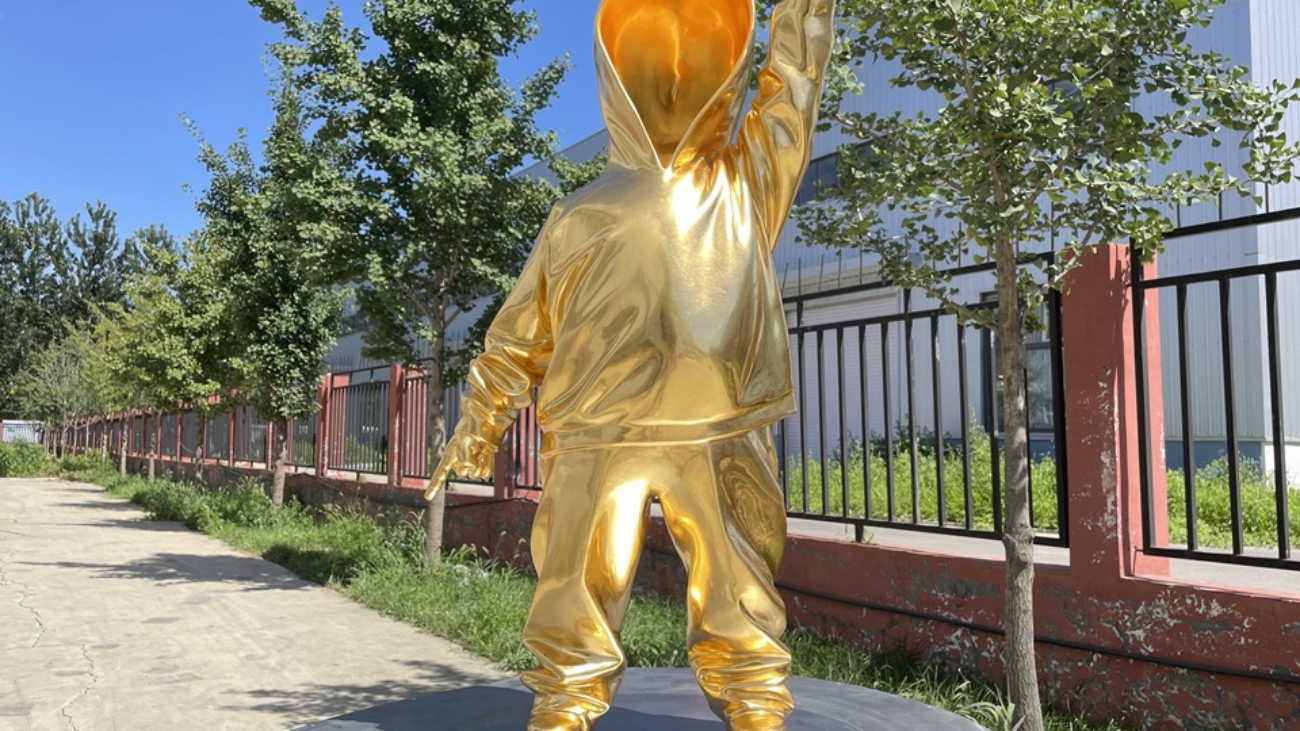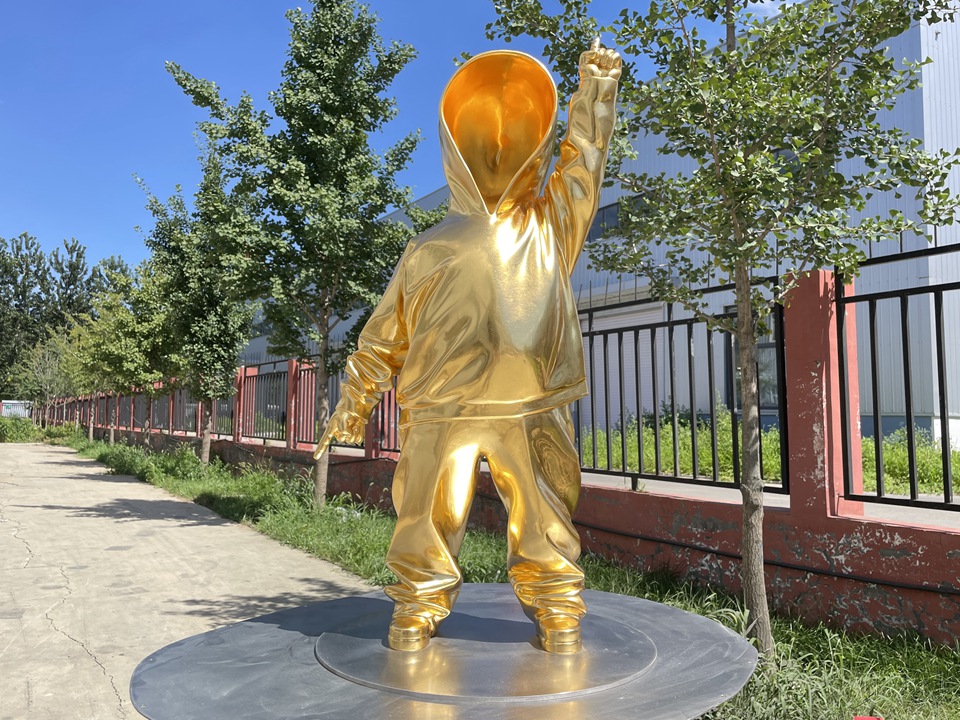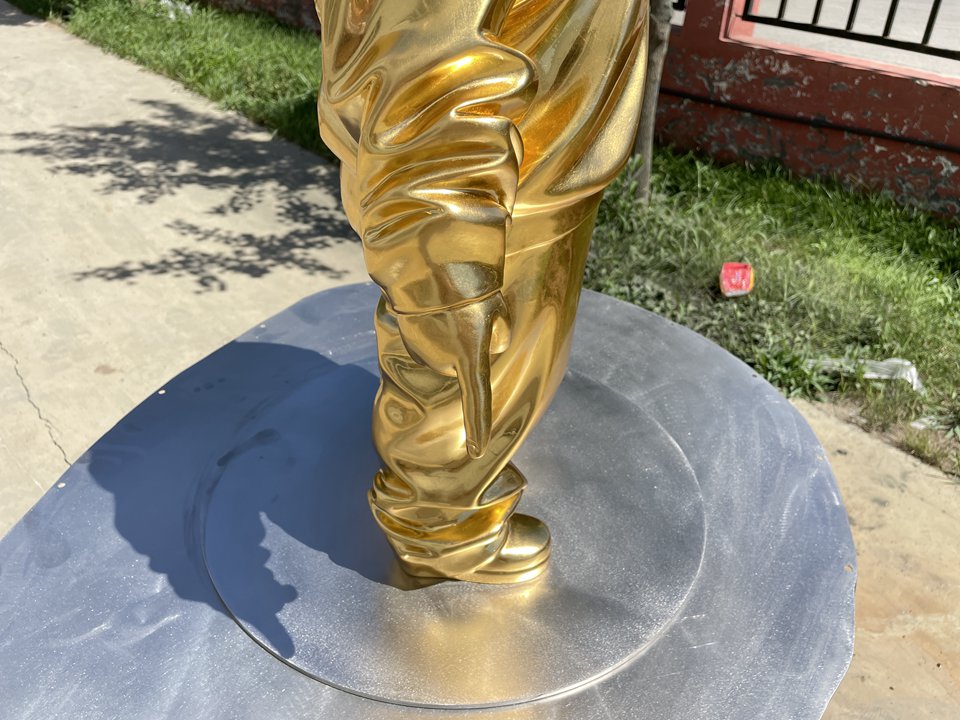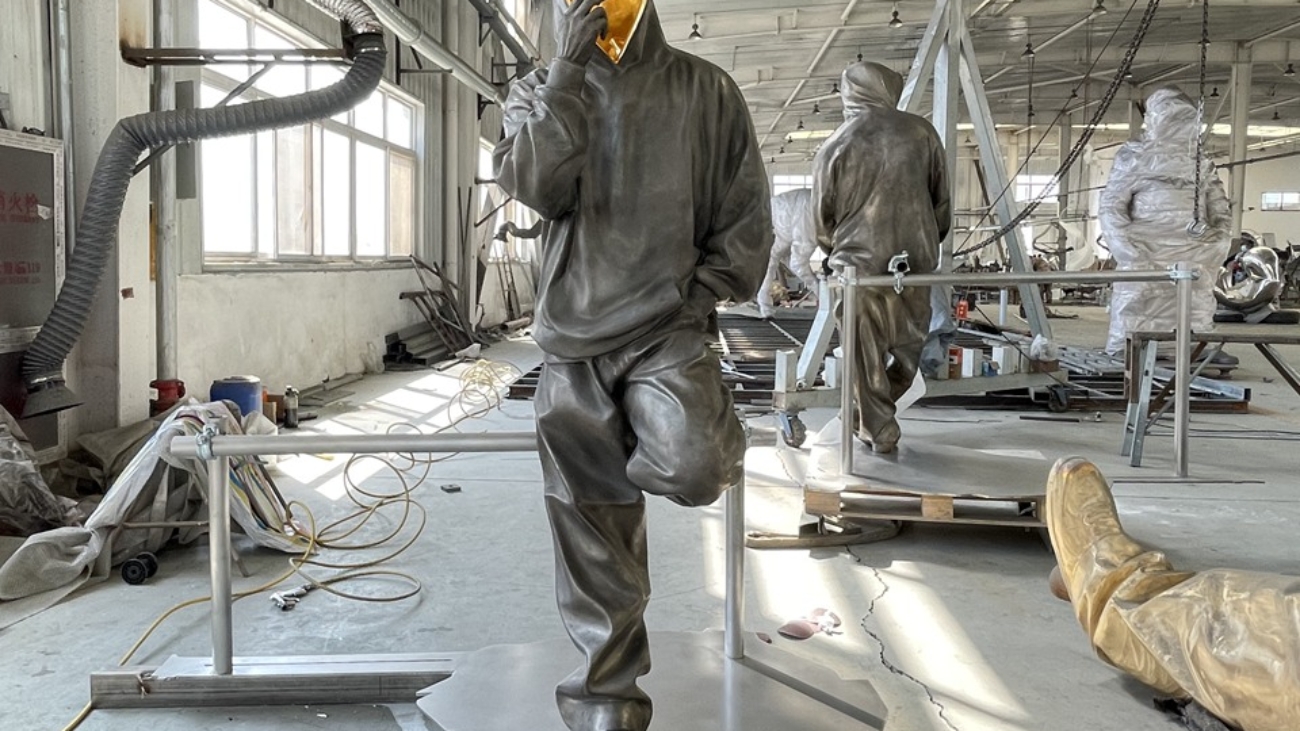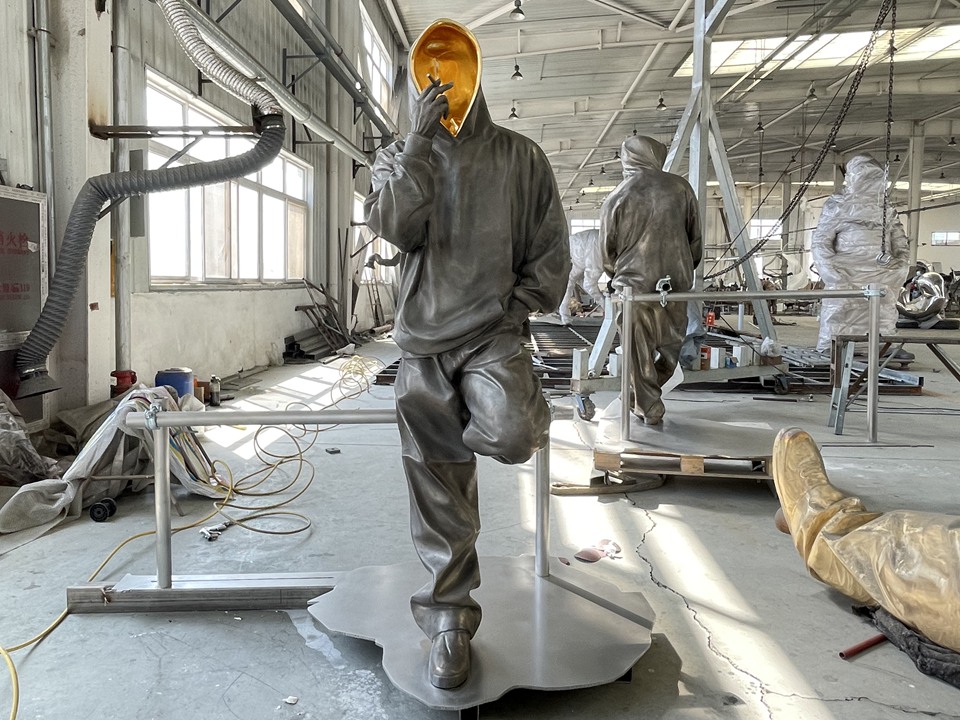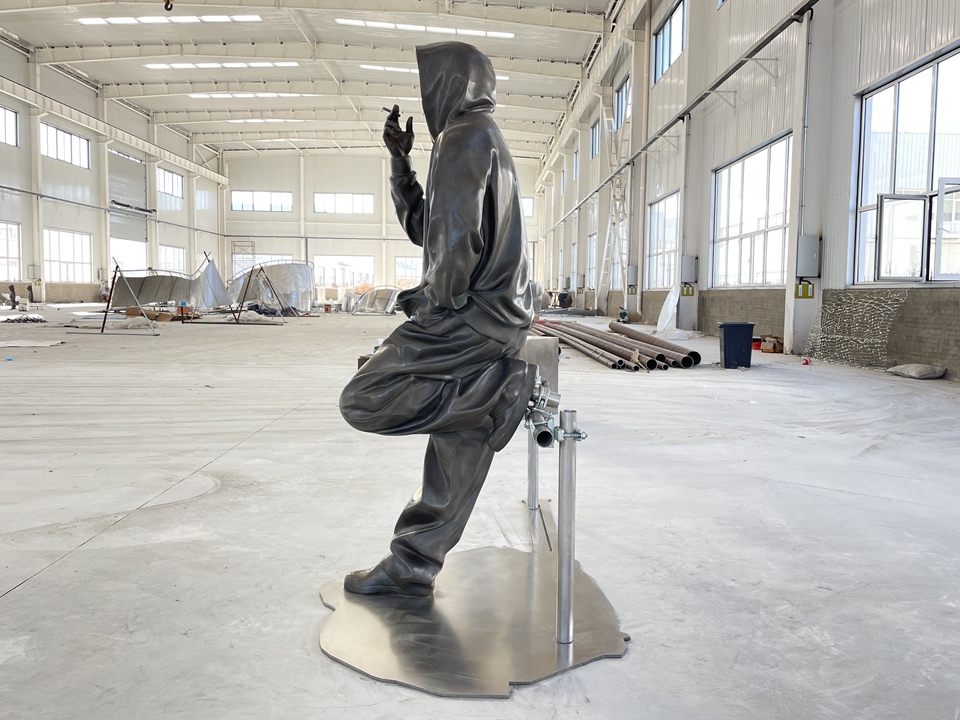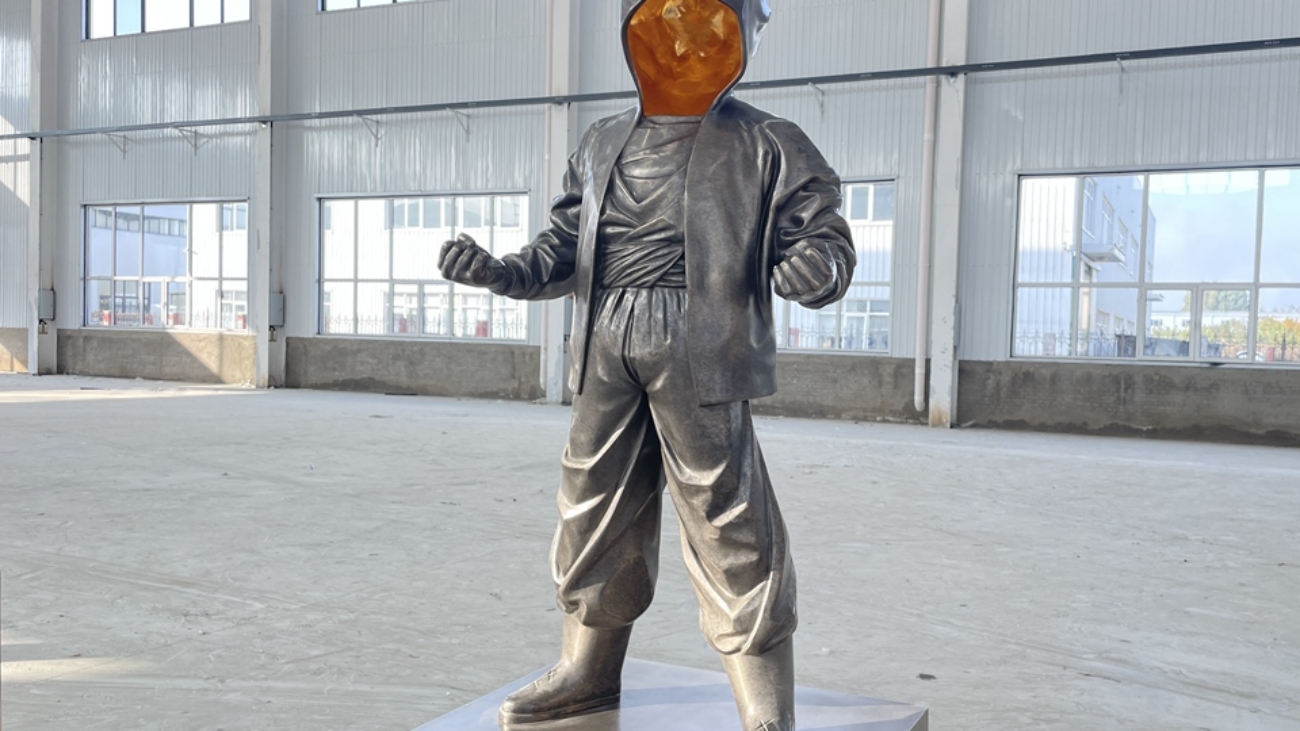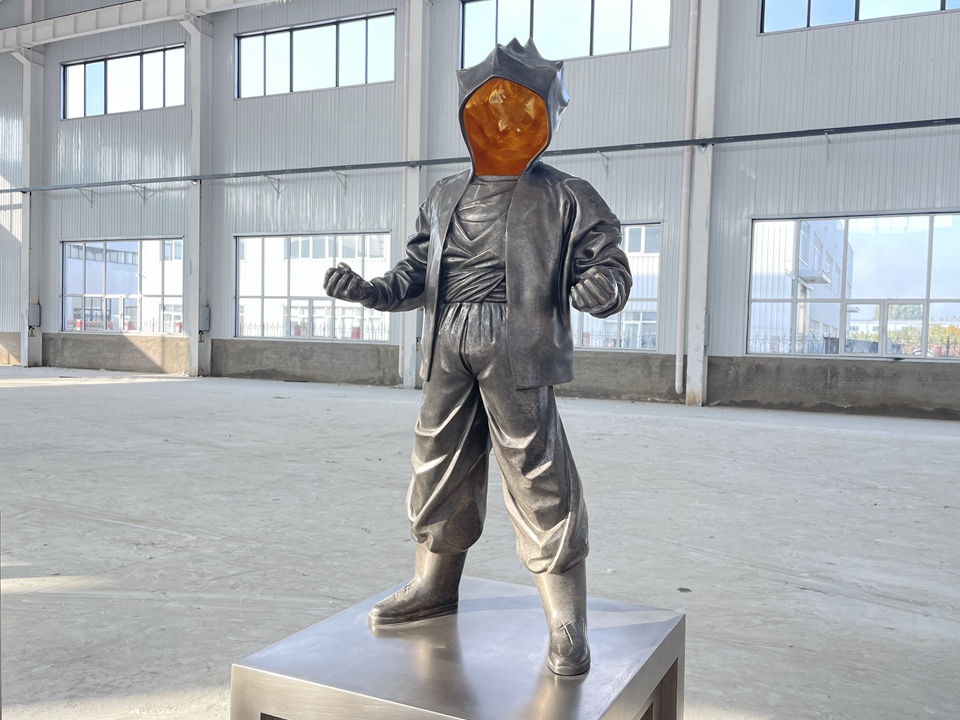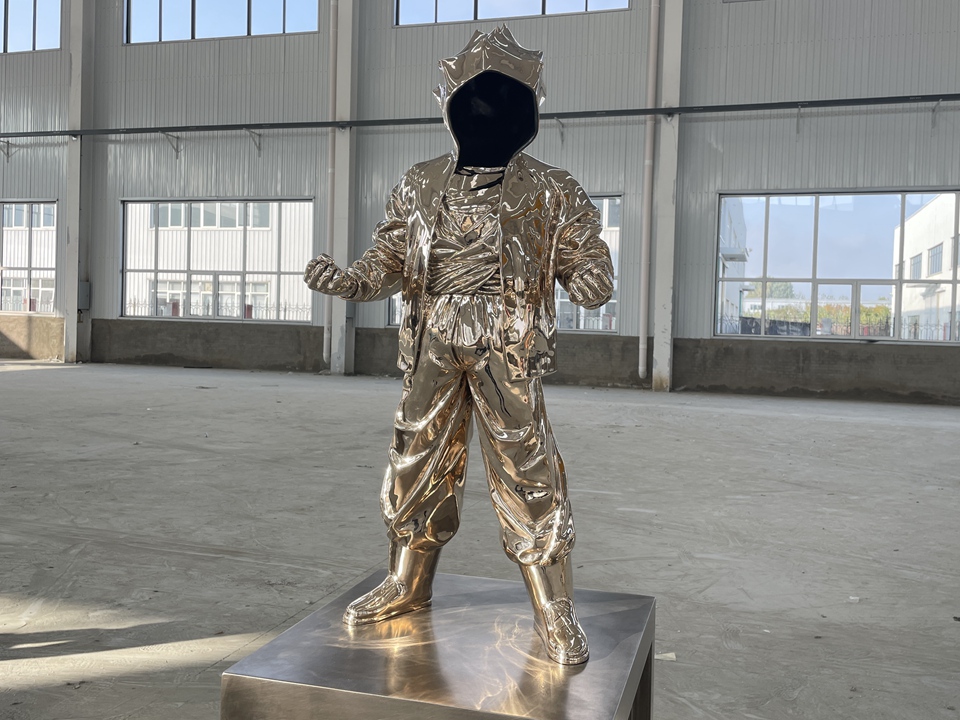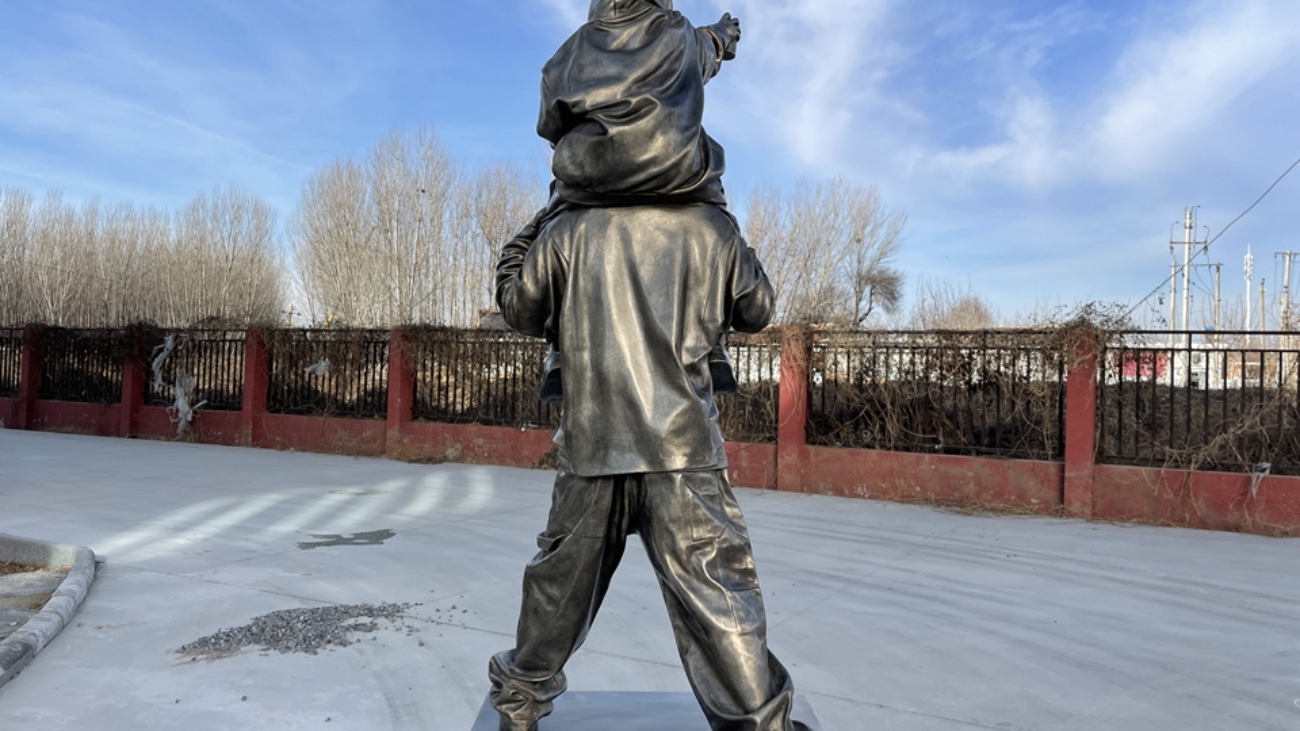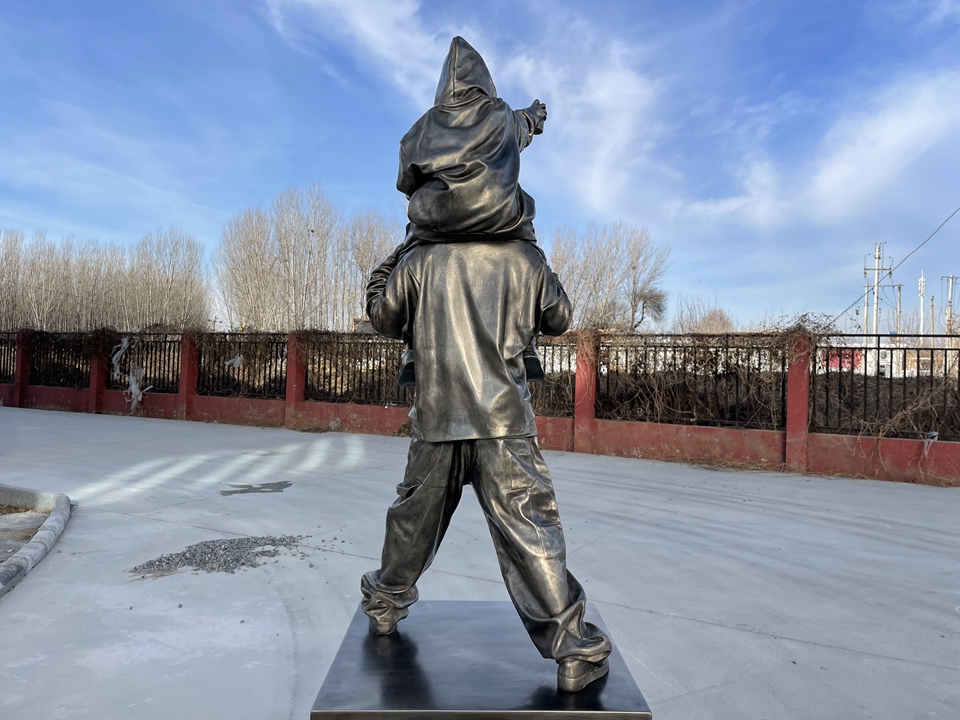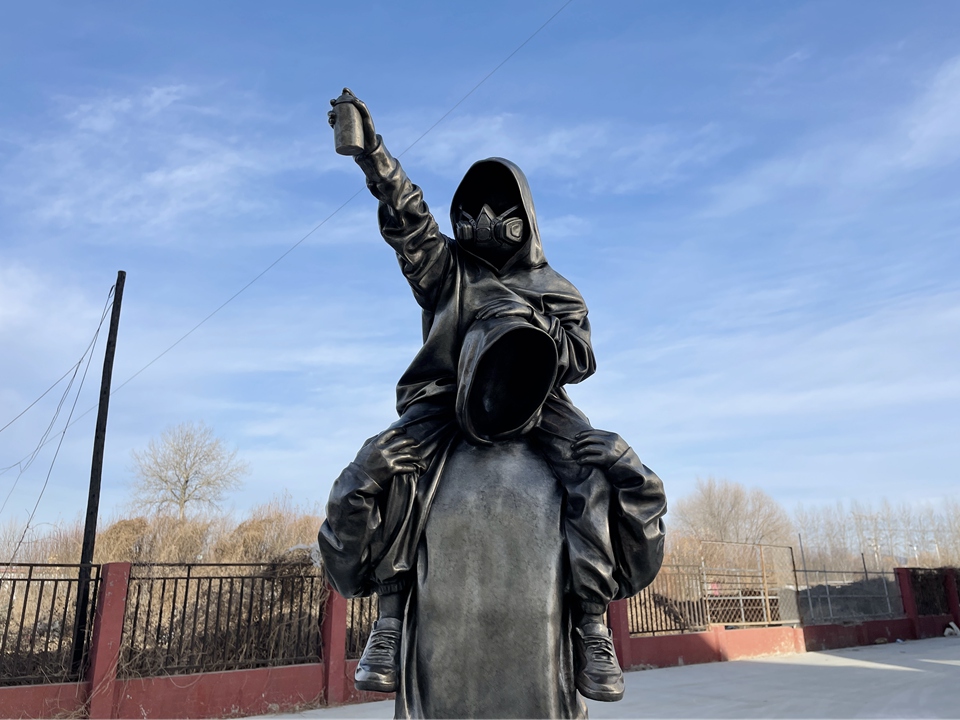When exploring the world of large-scale art, one of the most common questions is how much a 6-foot bronze statue costs. This question matters not just for collectors but also for businesses, institutions, and individuals who want to make a bold statement with timeless bronze artistry. Understanding the investment behind such a piece allows you to appreciate both its financial and cultural value.
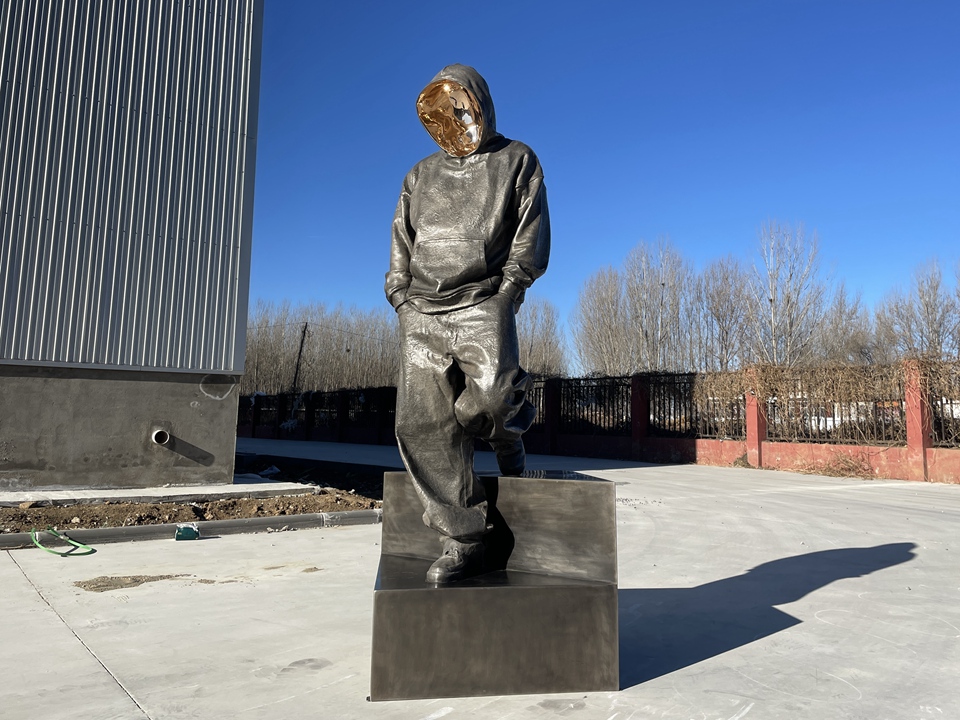
Why Ask How Much Does a 6 Foot Bronze Statue Cost
The question of how much a 6-foot bronze statue costs goes beyond curiosity. Bronze is a material associated with strength, longevity, and prestige. A six-foot piece commands attention and becomes a central figure in any space. Asking about the price is about planning, but it is also about recognizing the craftsmanship, artistry, and symbolism that come with a sculpture of this scale.
Factors That Shape the Cost
When considering how a 6-foot bronze statue costs, several important factors determine the final figure. Material choice plays a central role: high-quality bronze ensures durability and a finish that ages beautifully. The detail of the design also influences pricing; a highly intricate sculpture requires more labor and technical skill than a simpler figure. Finally, the method of casting, whether traditional or modern, impacts the hours of work and production expenses.
The Long-Term Value of Bronze
Bronze is not chosen by accident. For centuries, it has represented endurance and artistic refinement. A six-foot statue made from bronze does more than decorate a space; it endures weather conditions, requires minimal maintenance, and gains character as it develops a natural patina over time. When you ask how much a 6-foot bronze statue costs, part of the answer is its long-term value: it is a legacy piece that can last for generations.
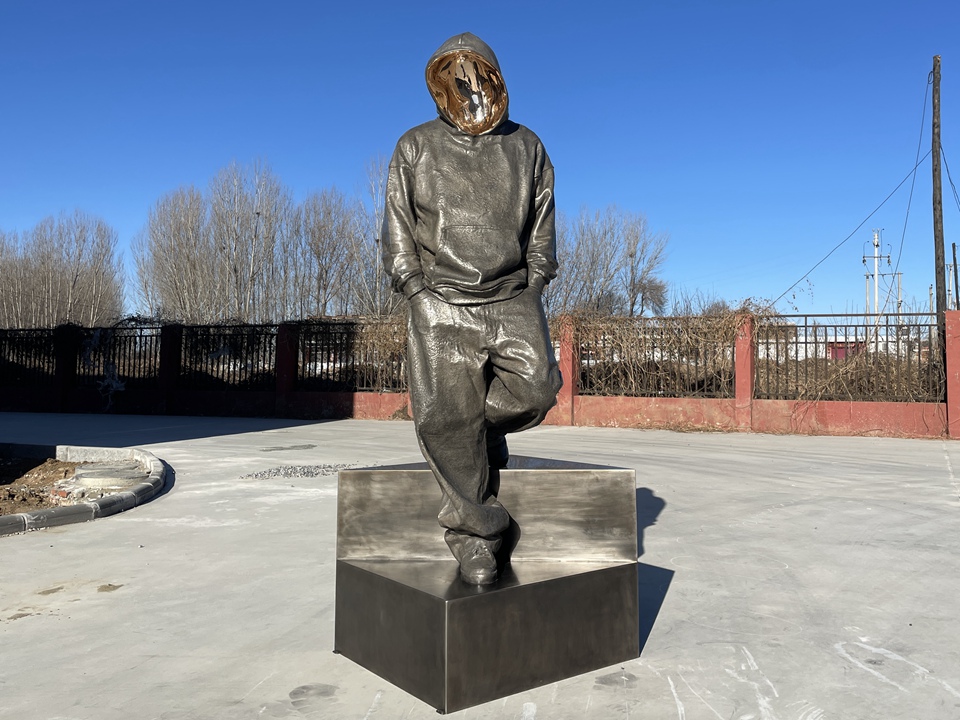
Placement and Purpose
The cost of a six-foot bronze statue should also be seen in light of its impact. In a corporate lobby, it conveys authority and tradition. In a garden, it creates an atmosphere of serenity or grandeur. In public spaces, such as universities, museums, or parks, it becomes a landmark that people associate with identity and culture. In each of these settings, the statue becomes more than an object—it is an experience.
Customization and Artistic Input
Another factor that influences the answer to how much a 6-foot bronze statue costs is customization. A custom-designed statue that captures a personal vision, commemorates a historic figure, or represents a unique abstract form will naturally require more investment than a ready-made option. However, customization allows the buyer to own something truly one-of-a-kind, ending artistic intention with personal or institutional identity.
Conclusion: How Much Does a 6 Foot Bronze Statue Cost
Conclusion: asking “how much a 6-foot bronze statue costs ” is more than finding a number. It’s bout understanding the artistry, craftsmanship, and cultural significance of bronze on a monumental scale. While the exact price varies depending on design, material quality, and customization, the real value lies in what the statue represents: permanence, beauty, a nd meaning. For those who want to elevate their space with impact and elegance, a six-foot bronze statue offers both a statement and an enduring legacy.

